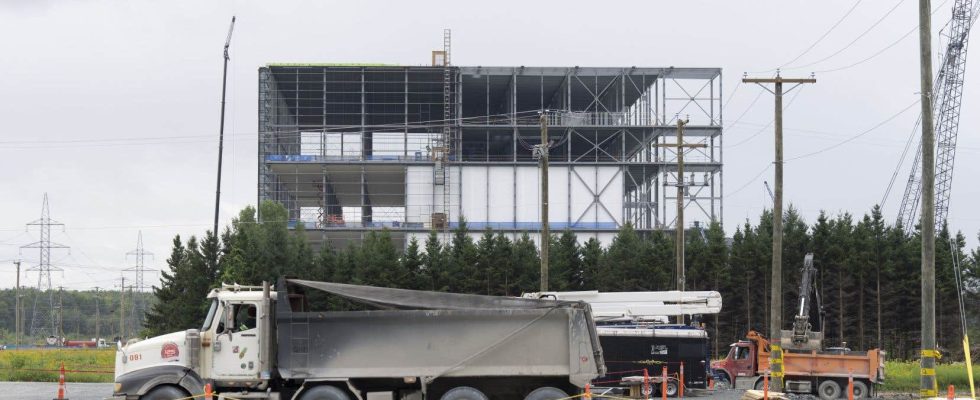The tragic road accident that occurred on January 29 in Bécancour, causing three victims and involving several vehicles including heavy goods vehicles, does not in itself constitute a total surprise for people who regularly use this roadway. It is easy to see that in recent months, the number of vehicles has increased significantly in this sector of the MRC de Bécancour industrial park. And who says an increase in traffic means a reduction in fluidity and, very often, an increase in recklessness among certain drivers.
In addition, with the construction of new factories related to the battery sector, the populations of the villages surrounding the Bécancour industrial park have noticed that many trucks now use the small roads in the region to speed up access to the various construction sites.
Although the Bécancour industrial park is equipped with railway and port facilities – which has the advantage of taking pressure off the road network in the handling of raw materials and finished products – we see that it is mainly the construction of new facilities and the movement of workers which cause this “new” traffic which risks becoming more and more important… and permanent.
It is likely that this event will revive the idea of doubling the lanes along this road axis which has the name “motorway”, but which mainly consists of a two-way road without a central divider. Certainly, doubling and separating lanes would improve fluidity and safety, but broader and longer-term thinking is required. Especially in this era where the notion of sustainable development is promoted by everyone, even by the authorities of the industrial park and the MRC of Bécancour.
This week’s fatal accident should spark new reflection and consultation between local, regional and provincial decision-makers on how to understand the future of Bécancour… and beyond. Indeed, more than forty years after the creation of the industrial park, it would be good to reflect on the planning and development not only of the industrial park of the MRC of Bécancour, but of the large region called to house the battery sector.
First of all, it must be noted that the Bécancour industrial park has the particularity of being eccentric from the areas where the communities and workers contributing to its development live. Therefore, this contributes to increased movements and travel. Which is not desirable when we think about “sustainable development”.
Another particularity of the new battery sector promoted by the Quebec government is that its development area will cover two distinct administrative regions, namely Mauricie and Centre-du-Québec. And these two regions are separated by the St. Lawrence River, with a single four-lane link (two in each direction) connecting them. A challenge in itself when we note the imbalance between the main location of production of future batteries, the south shore, and the presence on the north shore of 140,000 people and potential workers in Trois-Rivières, or seven times more than the population of the south shore concentrated in the MRC of Bécancour.
We can only hope that over the next few years there will be a rebalancing of the population between the two banks of the river, otherwise, this portion of road between the north bank of the river and the Bécancour industrial park will be increasingly congested… including the Trois-Rivières bridge!
Provincial and local elected officials are the main actors who can have an impact on the development of these territories and the movements of populations, in particular through well-targeted strategies in the establishment of traffic routes and places where workers can stay, get supplies and have fun.
We must now think about encouraging as much as possible the creation of new residential areas and local services to the east and south of the Bécancour industrial park. Without such efforts, it is feared that the Trois-Rivières region and the surroundings of the bridge on the south shore will be the areas where workers and services will be concentrated, which can only contribute to permanent congestion of the roads and an imbalance in regional development.
At the same time, regional public institutions such as hospitals, CEGEPs and the University of Quebec at Trois-Rivières should be encouraged to relocate their services to the south shore. We must maximize the appeal offered by the south bank of the river, otherwise the occupation of the territory will create more headaches than opportunities for local communities in the coming years.
Without such efforts for better occupation of the south shore of the St. Lawrence River, doubling the lanes on Highway 30 will only partially resolve the flow and safety of people… while providing arguments for the creation of a new link between the north shore and the south shore. This cannot be envisaged, both from the point of view of investment and environmental impact.
Let us hope that there is enough wisdom and foresight among leaders and investors so that good decisions and good incentives are made, for balanced development of the southern and northern zones of central Quebec.
